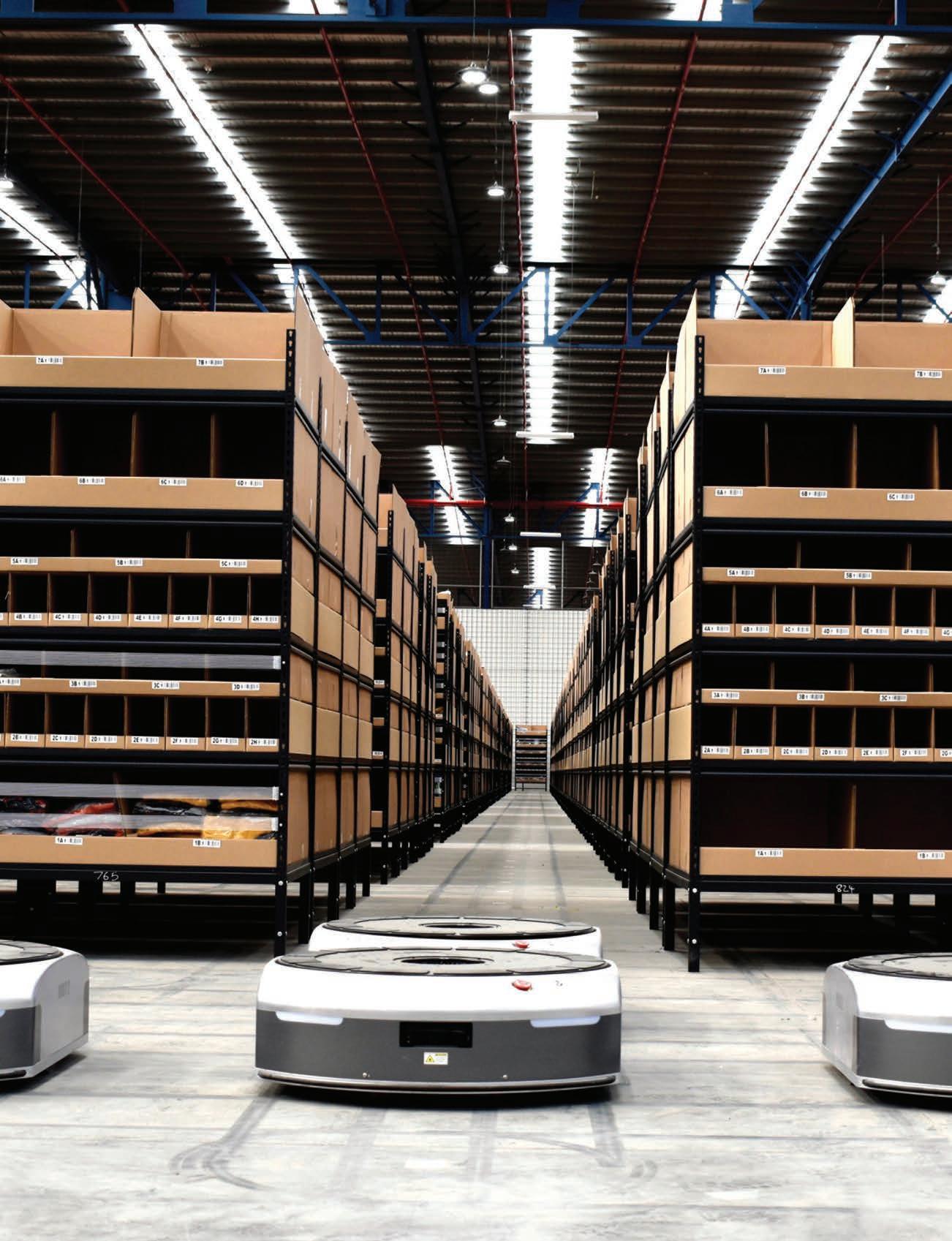MHD SUPPLY CHAIN
OUT OF ADVERSITY COMES INNOVATION As the world continues to grapple with the challenges and demands of battling COVID-19, MHD sits down with two industry leaders to gain insight into what this may mean for the future of supply chain and logistics in Australia.
T
he public awareness of supply chain and logistics management has risen as almost every news bulletin over the last three months has mentioned these words supply chain and logistics. Consumers have taken an increased interest in how and why certain goods have been difficult to acquire during this challenging time. They have wanted to know why there is no toilet paper on the shelves and as a result have taken a keen interest in supply chain and logistics operations. According to Henry Brunekreef, National Practice Leader for Supply Chain Management at KPMG Australia, out of adversity comes an opportunity for innovation, something that he is already seeing taking place across the logistics and supply chain industry. “You only have to look to food retailers to see the pace of innovation and change that they have gone through during this crisis. They have been very quick to adopt new ways of operating. At the big end of retailing, they have set up mini distribution centres to try and meet demand. You can see something similar in the hospitality industry. At the smaller end, many restaurants have had to convert to takeaway and have even introduced their own delivery models,” he says. Once we get through the COVID-19 period, Henry thinks innovation will also be found at a macro level. “One lesson to be learned from this challenging time is the idea of extending visibility across the supply chain operation. There are pockets where there is clarity about what is going on but there are also pockets where visibility is seriously lacking,” he says. This is exacerbated when operating a global supply chain. The sentiment
44 | MHD MAY 2020
Peter Lidell is ASPAC Head of Supply Chain at KPMG Australia.
offshore. This has highlighted where the critical choke point is in the supply chain and made it clear where we may need to address these points and build resilience,” Henry says.
AGILE WORKFORCE
is echoed by Henry’s colleague, Peter Liddell, ASPAC Head of Supply Chain at KPMG Australia. “The further the supply chain extends, as it moves across borders, the less visibility organisations have,” he says. While organisations may have visibility across their Tier 1 suppliers, it is often lacking when it comes to Tier 2 or 3. “Interaction with your direct supply chain is one thing but as it extends, especially beyond borders, that’s where it gets critical as many supply disruptions occur upstream and without visibility of such events, wholesalers and retailers can only react when it reaches their direct control, by which is time it is far too late,” Peter says. A further examination of Tier 2 or Tier 3 suppliers can highlight a bottleneck. One example is of manufacturers building more ventilators to meet the increase in demand due to COVID-19. “People are jumping onboard and offering to build ventilators, which is fantastic. But some of the core components come from one supplier
With so much innovation and digitisation, Peter Liddell suggests it’s important to make sure that a business workforce is also agile and ready to adapt. “We have to ask ourselves, how well equipped is our workforce for the digital age” he says. Whilst working from home has presented a new approach for many employees, for Peter this extends beyond having a laptop and a good Internet connection. “We’ve been on the cusp of digital transformation for a while but recent circumstances have shown us that now might be the time to make the most of digital transformation,” he says. If an organisation is continuing to bring in digital change and technology then it is also important to ensure that the effort is put into upskilling the workforce who will utilise this technology and advanced capability.
SUPPLY AND DEMAND One aspect of the challenge of COVID-19 for Henry is a focus on shifts in current demand. “In March 2020, we saw stockpiling of consumer goods. As a result, I would say there is several weeks of inventory at people’s homes. There will be a correction in that at some point; at the moment we don’t know when that will be. When it does come we might expect it to be as disruptive as when the demand first spiked,” he says. Indeed, Peter and Henry are helping clients with inventory management,






















